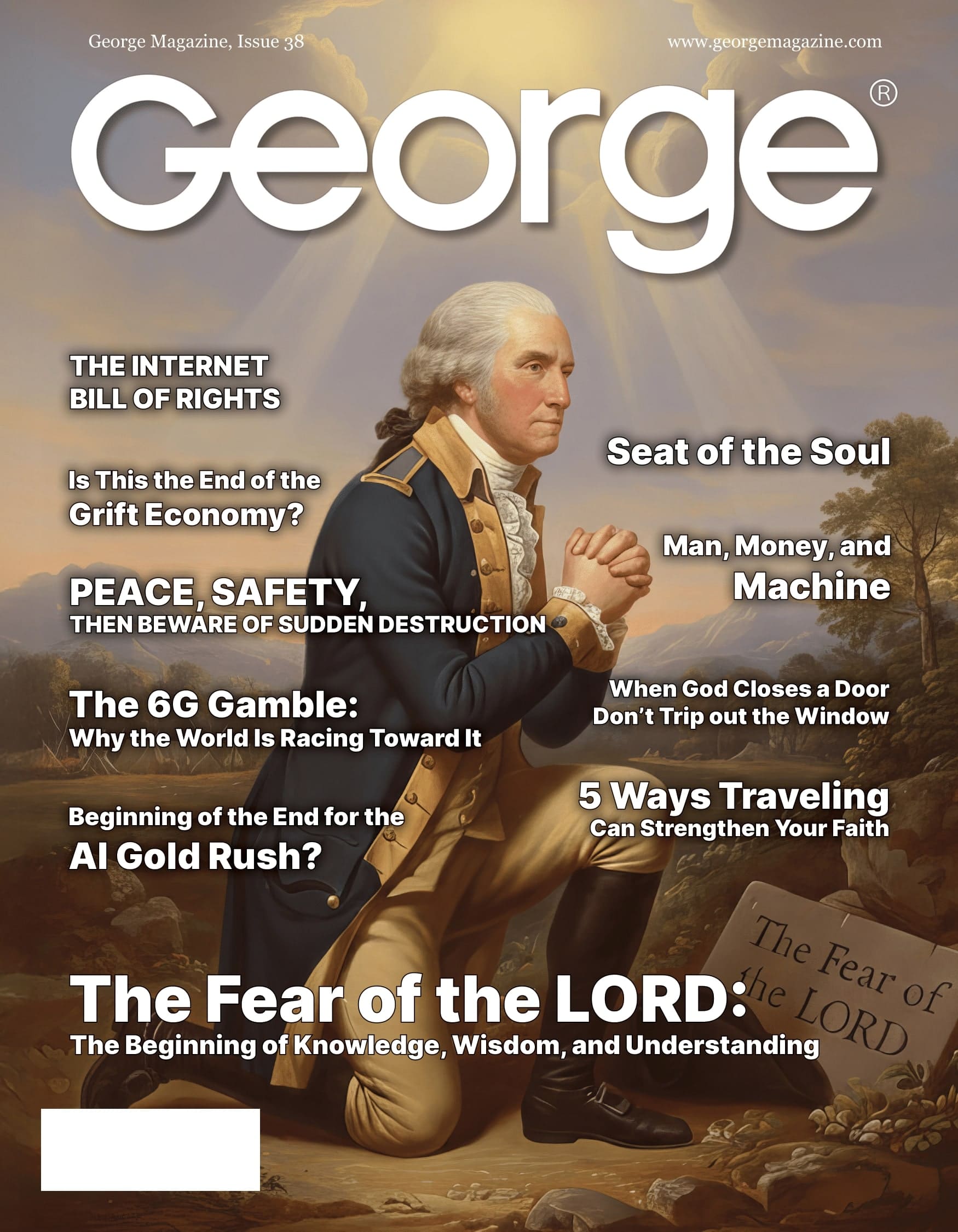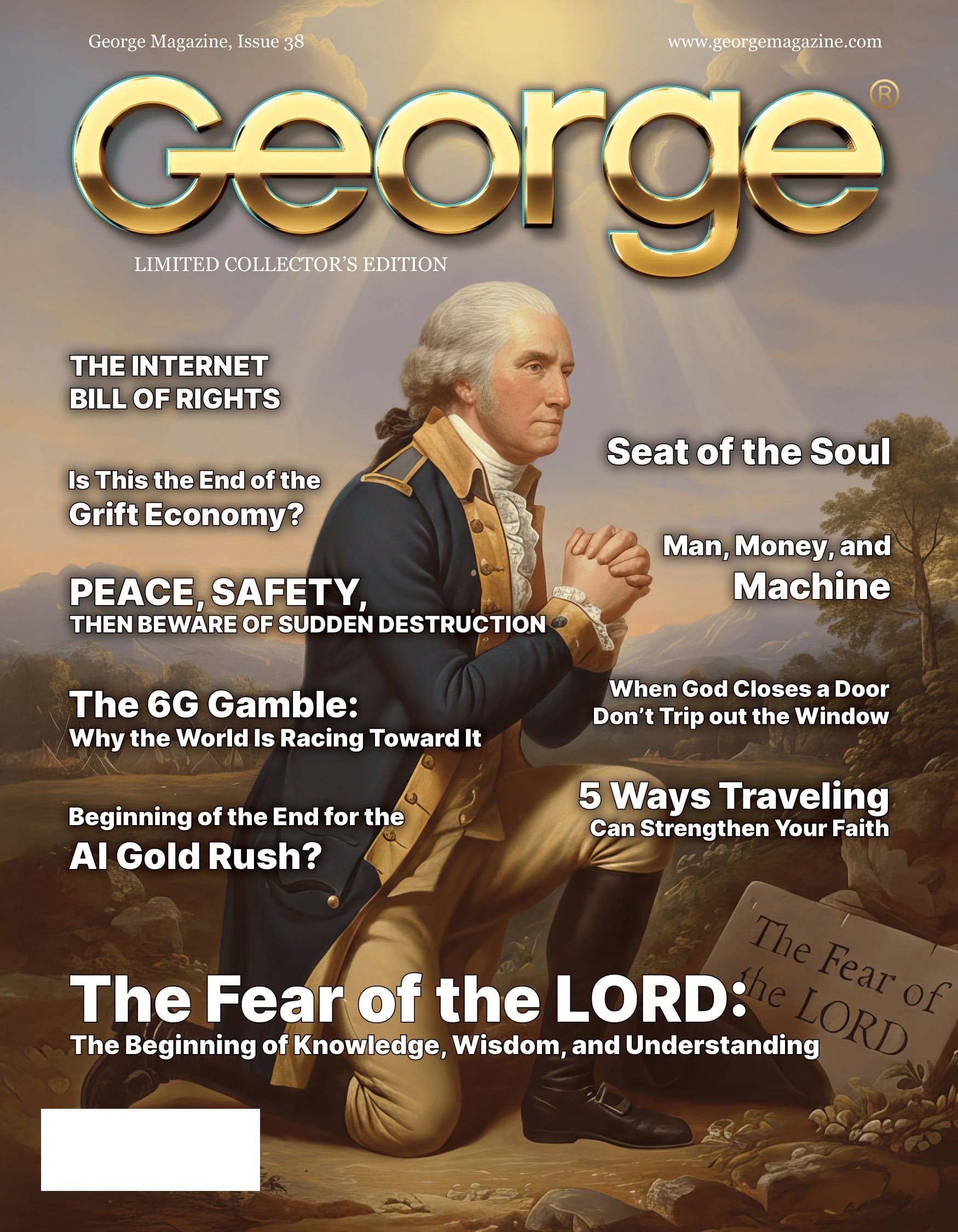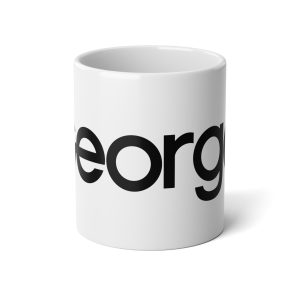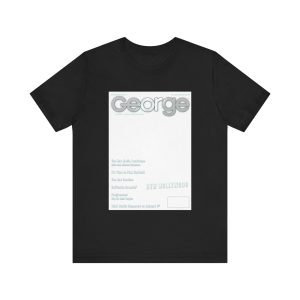“Real talk: In 2021, I allocated 60% of my stablecoin holdings to USDT because I wanted speed and yield. But when a liquidity crunch hit a CEX I was using, I couldn’t verify the reserves. That 60% got cut to 20% overnight. Expensive lesson learned.”
In Part 1, we unpacked the core differences between USDT and USDC-not just in terms of volume and market share, but in real-world trust and transparency. Now it’s time to answer the question you’re actually asking:
“How do I decide which one is right for me-or if I need both?”
The truth is, there’s no universal winner here. Your choice should reflect what you’re doing with the asset, who you answer to, and how much risk you’re really taking on-even if it feels like a stablecoin is “just a dollar.”
That’s where the C.A.S.H. Framework comes in.
The C.A.S.H. Framework: Four Criteria That Matter
Forget the 10-page whitepapers. If you’re actively managing capital-whether as a retail trader or CFO-you need a practical filter, not a philosophy class. Here’s what I use in every stablecoin review:
✅ Compliance
Can you explain it to a regulator-or your board-without sweating?
- USDC: Circle is based in the U.S., registers with FinCEN, and is building toward MiCA compliance in the EU. Their corporate structure is clean, their licensing is public, and their policies are updated frequently.
- USDT: Legally sound but murky. It’s based in the British Virgin Islands with operations in Hong Kong. That doesn’t make it illegal-but it does make it complex when regulators come calling.
👉 If you need to pass compliance due diligence? USDC is the safer bet.
✅ Auditability
Is there independent, third-party confirmation of reserves?
- USDC: Monthly attestations by Deloitte, one of the Big Four. You get verified reporting on how every dollar is backed-mostly by short-term U.S. Treasuries.
- USDT: Offers reserve reports, but with less frequency and granularity. Their assurance firm is not a Big Four auditor, and the reporting has changed over the years.
👉 If transparency is a must? USDC again pulls ahead.
✅ Stakeholder Trust
Who needs to believe in this asset-traders or institutions?
- USDT: Market-tested. Liquidity runs deep across CEXs and DEXs. Traders trust it because it works-fast.
- USDC: Trusted by institutions, funds, and fintech platforms that prioritize stability over speed.
👉 Your audience matters. If you serve investors, trust is part of the product.
✅ High Liquidity
How fast can you move serious capital-without slippage?
- USDT: Daily trading volumes often exceed $130 billion. You can move $10 million with minimal slippage across nearly any trading pair.
- USDC: Lower volume but growing. Still lags in certain DEXs and chains, but leads in DeFi protocols like Aave ($14.6B TVL) and Compound ($8.1B).
👉 If you’re arbitraging or scalping? USDT remains indispensable.
Real-World Decision Scenarios
Let’s break this down by use case:
| Use Case |
Recommended Stablecoin |
Why |
| 24/7 high-frequency trading |
USDT |
Deep liquidity and ubiquity |
| Corporate treasury management |
USDC |
Auditability, regulatory alignment |
| Cross-border payments |
USDC |
Preferred by banks, better compliance footprint |
| DeFi lending/borrowing |
USDC |
Protocol compatibility and risk controls |
| Quick on/off-ramp from fiat |
Both |
Use based on exchange availability and fees |
And here’s a key insight from EY-Parthenon’s 2025 survey: 41% of institutions using stablecoins saved over 10% in costs, and 74% cited regulatory clarity as a key concern. Translation? This decision has bottom-line impact.
My Current Allocation (2026)
I’ve shifted toward a split model:
- USDC – 70% (Used in long-term treasury functions, DeFi, B2B settlements)
- USDT – 30% (Used for active trading, instant exchange routing)
This gives me speed when needed, but keeps transparency and compliance as the base. For me, it’s about hedging trust, not just price.
“You don’t realize how fast confidence erodes until you’re holding an asset you can’t explain.”
Bottom Line
You don’t need to pick sides-you need to map use to asset, not the other way around. That’s the strategic edge most investors miss.
Coming Up in Part 3: We’ll walk through how to actually implement your USDC/USDT strategy, including risk segmentation, multi-chain setups, audit monitoring, and real-world allocation guidelines for 2026.
About This Series: Part 2 of our Stablecoin Strategy Series by Avery Knox. Every word is grounded in real market experience, not hype. If you missed Part 1, go back and read it-it lays the foundation for this entire framework.
Disclaimer: This article is for informational purposes only and should not be considered financial advice. Always conduct your own research and consult with financial professionals before making investment decisions.
📖 References & Citations:








![Enjoy the [Road] Show Travel Mug with Handle, 14ozEnjoy the [Road] Show Travel Mug with Handle, 14oz](https://georgemagazine.com/wp-content/uploads/2024/08/479070202831754764_2048-300x300.jpeg)

